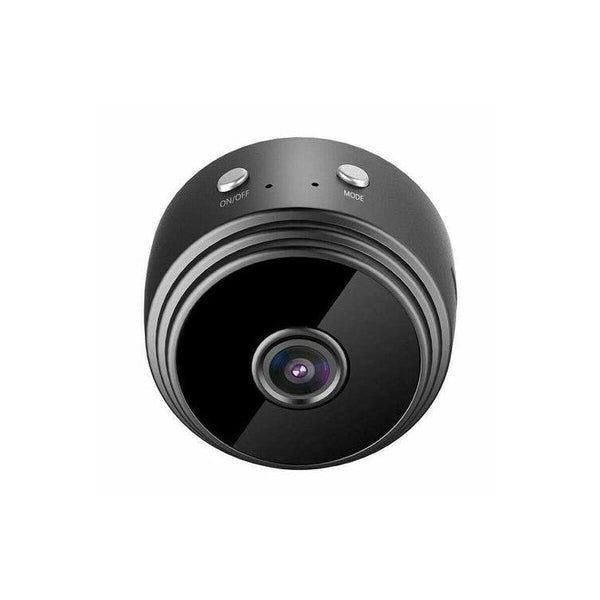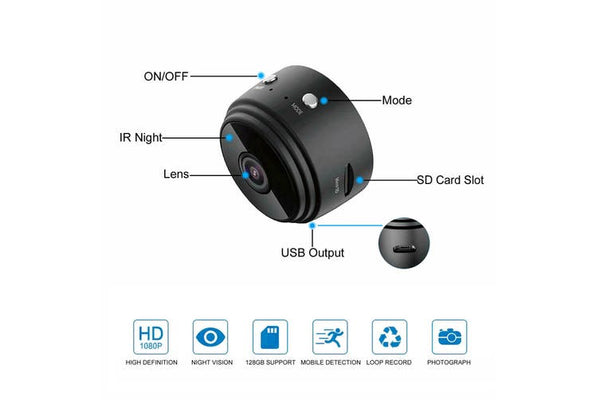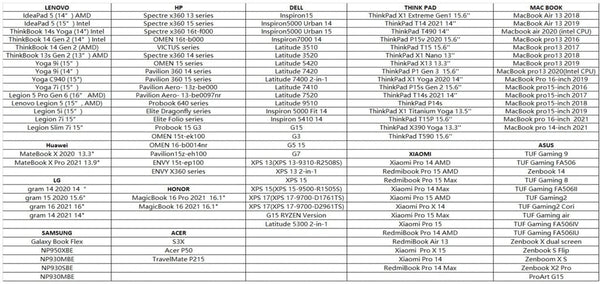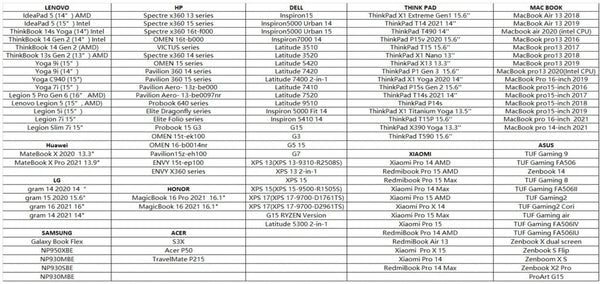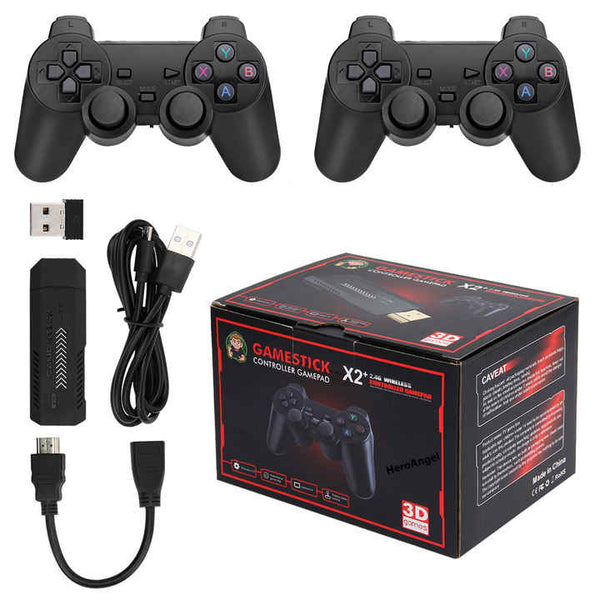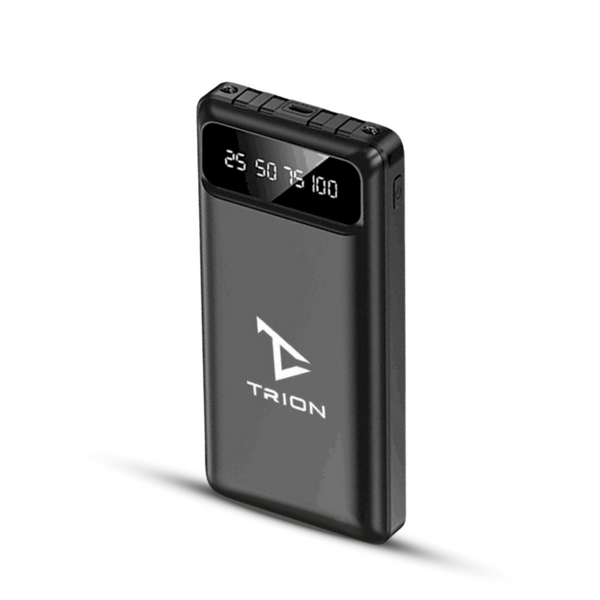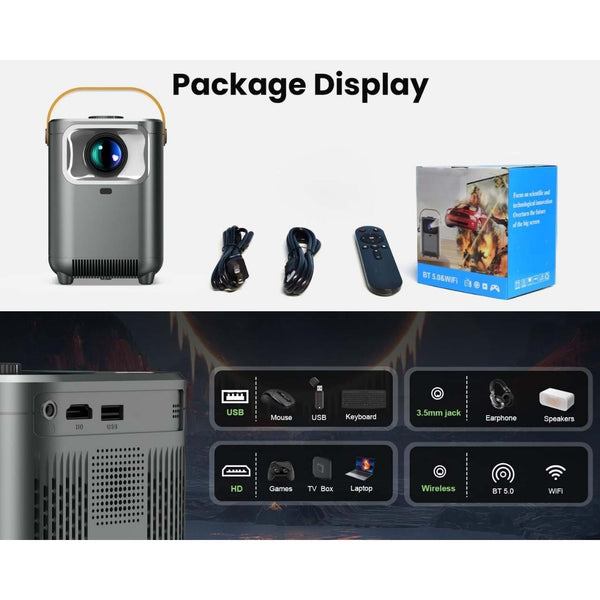All Categories
- Appliances
- Audio & Video
- Auto Accessories
- Baby & Kids
- Computers and Accessories
- Devices and Accessories
- Electronics
- Furniture
- Games and accessories
- Gift & Novelty
- Health & Beauty
-
Home & Garden
- Artificial Plants
- Bathroom Accessories
- BBQ
- Bedding
- Curtains
- Decor
- DIY
- Firepits
- Fountains
- Garden Beds
- Garden Furniture
- Garden Lights
- Garden Tools
- Gate Openers
- Green Houses
- Hammocks
- Home Office Accessories
- Inflatable Mattress
- Kitchen Bins
- Kitchenware
- Lighting
- Others
- Pool & Accessories
- Rugs
- Scales
- Shading
- Storage
- Travel
- Occasions
- Outdoor
- Pet Care
- Smart Home
- Sports & Fitness
- Tools
Features:
Qualcomm Quick Charge 3.0
This USB Charger allows you to charge a Quick Charge Compatible device up to 4x faster than standard chargers, by charging a phone With QC 3.0 up to 80% in 35 minutes, at a rate approximately 1% every minute.
Not Only Support Qualcomm Quick Charge
The QC 3.0 mains charger is backwards compatible with all versions of Qualcomm Quick Charge technology (1.0, 2.0 and 3.0). also charges non-Quick devices up to 2.4A. Note:Fast charging of new models such as iPhone 8 and iPhone X requires PD technology.
Power supply for wireless charger
It is a fantastic usb fast charger essential for an induction charger which can provide a fast charge of devices compatible with Qi fast charge, such as the iPhone 11 Pro max / 8/8 Plus / X / XS / XS / XS max / XR, Samsung S10 / S10 + / Note 10 / S9 / S8 / S7 and Note 9/8/5 etc.
Universal Compatibility
This usb charger plug can charge For type C charging devices such as Galaxy S10 / S10 + / S9 / S9 Plus / Note 10/10 + / 9/8 / 5, S8 / S8 Plus, Huawei Mate 30 Pro / 30/20 Pro / 20/10 Pro / 10, P30 PRO / P30 / P20 Pro / P20, Lg V30 / G6 / G5, OnePlus 3, HTC U11 / 10, xiaomi Mi 9 and other devices with type C.
Compact & Portable
This small but powerful quick charger power adapter for USB C devices fits in any pocket. Stay charged anywhere - at home, in the office, and on-the-go!
Package Content:
1x CHOETECH Q5003 18W QC Quick Charger (Black)
Related Products
-
-
-
Roborock S8 Pro Ultra Robot Vacuum & Mop Cleaner With Auto Empty Dock - BlackNo reviews$1,879.00
$2,699.00 -
Roborock S8 Pro Ultra Robotic Vacuum & Mop Cleaner With Auto Empty Dock - White1 review$1,849.00
$2,699.00 -
-
-
-
-
-
-
-
-
Roborock S7 MaxV Robot Vacuum and Mop Cleaner with LDS Laser - Black (Refurbished - Grade B)9 reviews$999.00
$1,299.00 -
-
-
-
-
Dual Portable Triple Fold 1080P IPS FHD Monitor Screen Extender For Laptops15 reviews$409.00
$649.00 -
-
-
-
-
Giantz 1.5M Garage Shelving Warehouse Rack Pallet Racking Storage Shelf CharcoalNo reviews$53.00
$82.99 -
-
-
-
-
Nintendo Switch Console OLED Model - The Legend of Zelda Tears of the Kingdom EditionNo reviews$479.00
$649.00 -
-
-
-
-
-
-
-
Giantz 1.5M Garage Shelving Warehouse Rack Pallet Racking Storage Shelve BlackNo reviews$53.00
$82.99 -
-
-
-
-
-
-
Giselle Queen Mattress Topper Pillowtop 1000GSM Microfibre Filling ProtectorNo reviews$62.00
$116.99

















